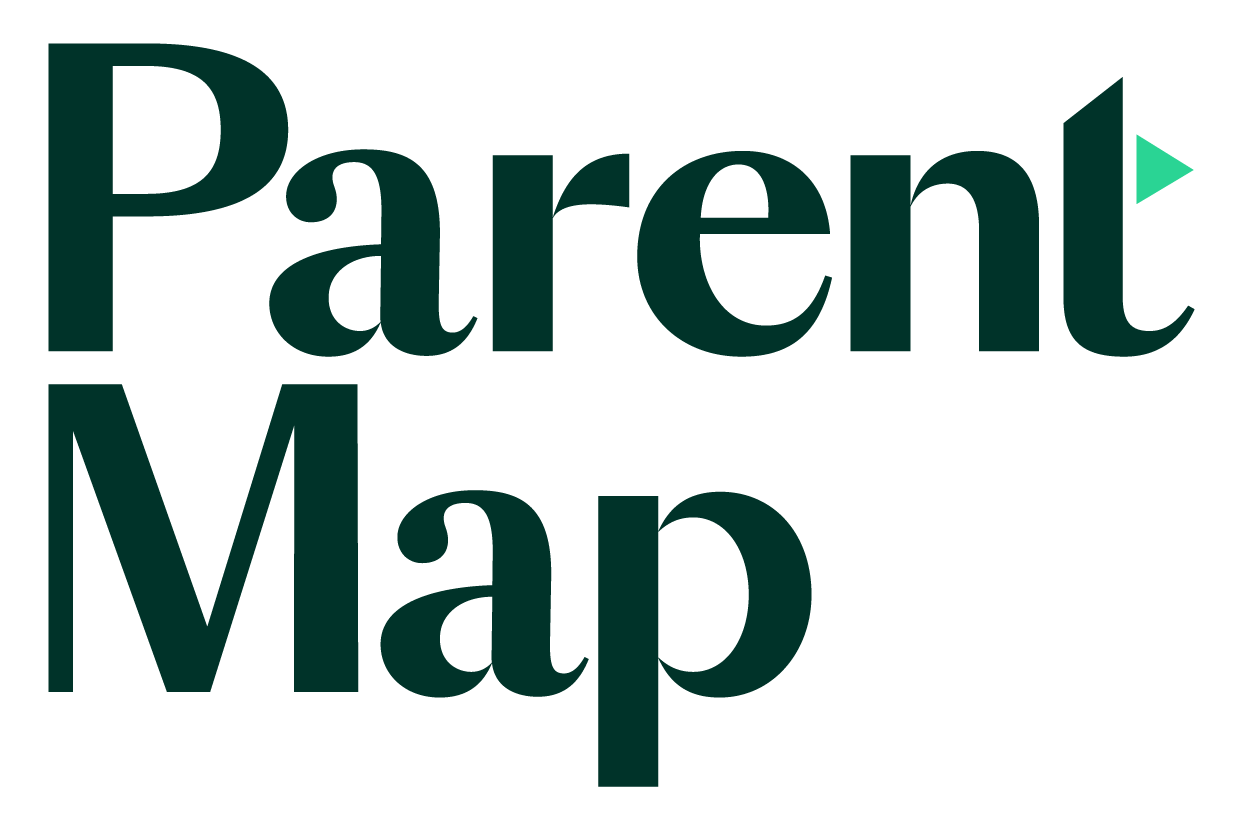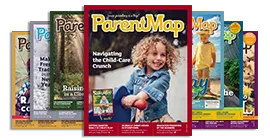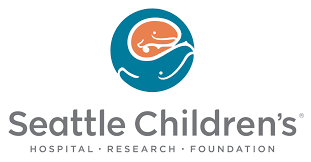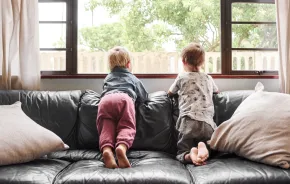
Photo:
iStock
Editor’s note: This article was sponsored by Seattle Children’s Hospital.
While many children experience anxiety, not everyone needs professional support. Sometimes, simply learning a few evidence-based tips and strategies can keep kids’ anxiety at a healthy level.
That’s the reasoning behind Seattle Children’s effort to create free, user-friendly resources online as part of the First Approach Skills Training (FAST) program. FAST offers a two-page handout, a workbook and guided videos to give parents and caregivers a primer on a variety of mental health topics. This month, the team updated the handout on their most sought-after topic: anxiety.
About 32 percent of youth ages 3–17 have diagnosed anxiety, according to the National Institute of Mental Health (NIH). But many more children experience occasional problems with anxiety. Educating more community members about anxiety helps normalize these feelings and offers ways to cope with them. Plus, the relatable examples and hands-on activities in the FAST resources encourage children and teens to talk openly about anxiety.
“This helps kids put words to their feelings so they don’t feel trapped and alone,” says Nat Jungbluth, a psychologist and one of the FAST program codirectors. “We have great research-based strategies for overcoming anxiety, but those strategies are often hard to get in the community. Our goal is to create resources that are easy to access and use.”
With demand for pediatric mental health services so high, the FAST program gives parents the resources to start addressing these struggles at home. In many cases, these tools provide enough support for families to manage their child’s anxiety on their own. Even if people ultimately seek professional input, they can move forward with a shared familiarity of evidence-based tools.
Worksheet helps families understand anxiety
Anxiety refers to feelings of being worried, nervous or uneasy. In some cases, these sentiments can be beneficial, sounding an alarm that keeps someone safe, or even boosting performance before a test. But anxiety can be harmful when it hinders people from engaging in daily activities or they experience too much distress. Simple strategies can help your child create a better balance.
The two-page worksheet offers tips that coach parents about their response to a child’s anxiety and the effect that can have. For example, some parents might be inclined to rescue children from any uncomfortable feelings. But if caregivers encourage a child to avoid anxiety-provoking situations, that fear might persist much longer — or even grow, Jungbluth explains. The key is to help the child identify what’s really unsafe.
“If we recognize when we have an overactive anxiety response, we can retune our brain’s reaction, and fix those false alarms by intentionally facing the safe situations we fear,” he says. “You can address anxiety before it really derails a child’s development.”
The tip sheet encourages families to create a plan for facing fears. This might involve offering small rewards for a child who incrementally braves tough situations. Along the way, caregivers can encourage these steps with phrases like: “I know it’s hard and I know you can do this!”
“Parents can shift support in a way that keeps anxiety from growing and getting out of control,” he says.
The newly-updated FAST-A tip sheet has plenty of white space, easy-to-read fonts and simple language. Those design features were intentional. Being approachable opens the door for more people to quickly absorb the key information. Afterall, not everyone has the time and inclination to read a 300-page book on addressing anxiety.
“We distilled as much as we could into two pages so people can walk away with something meaningful,” he says.
Workbook and video offer additional support
If families need more support than the worksheet, a workbook — with an accompanying video guide — is available, too. Each section offers a link and QR code that participants can scan to watch a related brief video. The workbook is kid-friendly, and includes cartoons depicting real situations that kids and families have experienced.
“Telling stories to illustrate facing your fears is really powerful,” Jungbluth says. “Storytelling can help people understand what’s possible.”
One section discusses how to fix anxiety’s false alarms, or ways to face unrealistic fears. Simple drawings display the disconnect between what someone might fear and what ends up actually happening. For example, one picture shows a stick figure anticipating a ferocious dog biting their arm, which is, in reality, a friendly dog approaching for a playful lick. Another drawing showcases a student giving a speech to a booing audience, when the crowd is really clapping, snoozing and distractedly looking at their phones.
“These show what we might expect from our fears and what actually happens,” he says.
Another section breaks down easy, medium and hard steps to start addressing anxiety-filled situations kids may face. Someone struggling with social anxiety might first try conversing with an adult relative, then start a conversation with a grocery cashier, and, ultimately, work up to chatting with a classmate. Throughout the workbook, there are ample opportunities for customizing one’s own plans, goals and rewards.
Ultimately, people who need more intense and ongoing support may still pursue professional help. Even then, familiarity with these concepts will help people start therapy already versed in shared language and awareness.
Sharing resources far and wide
Along with these online offerings, Seattle Children’s offers health care provider trainings on these topics, and shares the FAST materials with hundreds of primary care offices around the Puget Sound region. People from more than a dozen countries have downloaded the free resources, too.
Ultimately, Jungbluth hopes the FAST Program anxiety resources will help children and families understand the powerful role of anxiety in our lives. Helping youth navigate the complexity of these feelings also strips away any stigma. After all, anxiety, in the right doses, can be an asset that helps people as they navigate the world around them.
“It can be a signal, a motivator, and an extra boost,” he says. “Anxiety is something universal. We have it for a reason.”
Additional resources: |
|
Sponsored by: |












